This is the fourth post in a series on responsible and affordable AD&D shopping.
This one goes out to the GMs in the crowd.
Let’s be honest. You’ve got a tough job. I mean, sure, you love it. You love the adventure, the creativity, and of course the unfettered power. Wait, did I just say that out loud? Don’t mind that, players.
Anyway, being a GM is great. Until it comes to prep time. You gotta read that module or gather those stats. You’ve got story hooks, plotlines, and story arcs to parse out. Even if you’re one of those rare unicorn GMs who does minimal prep (not me), there’s still one piece of preparation that you probably think about a bit: maps.
Of course, this could raise a contentious debate as to whether players need a grid map at all. Here’s my answer to the question:

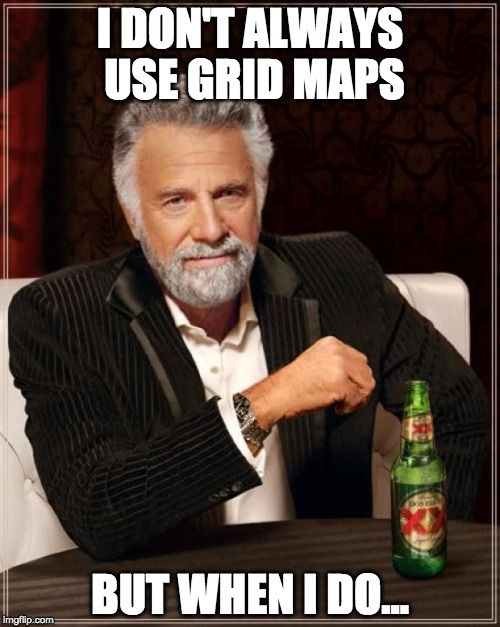

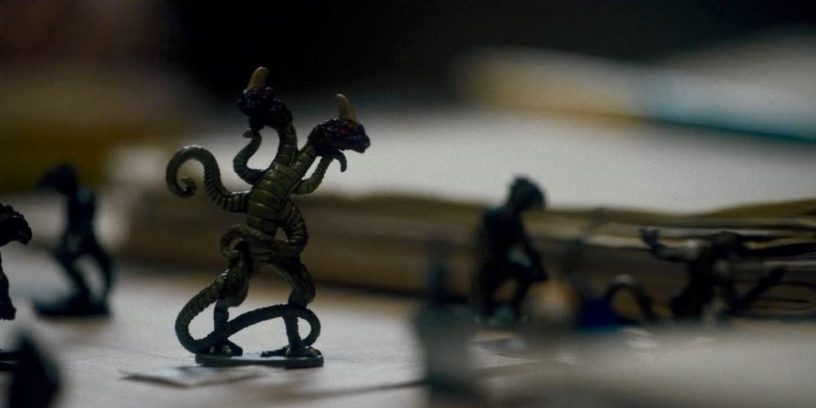
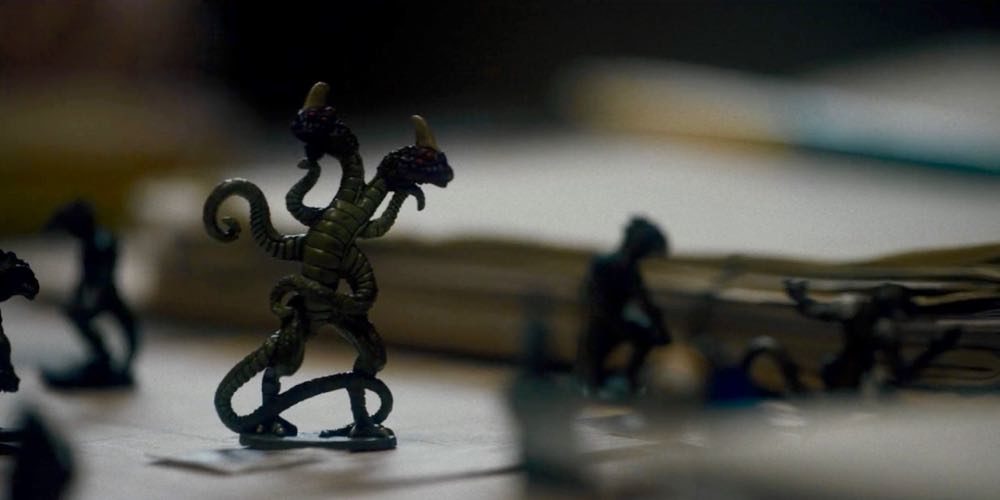

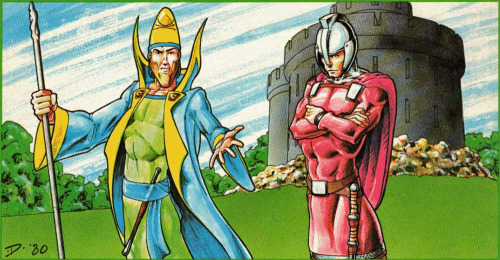
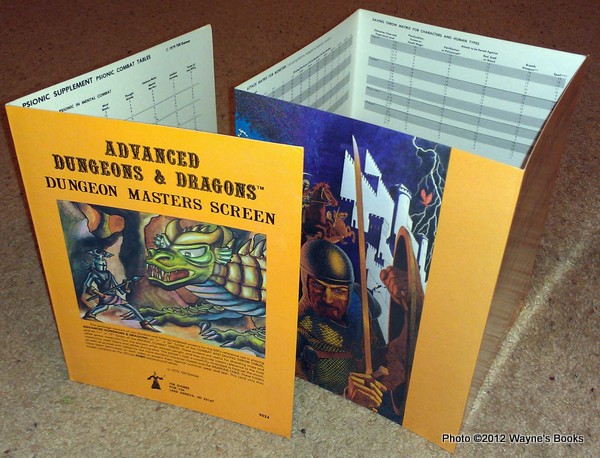
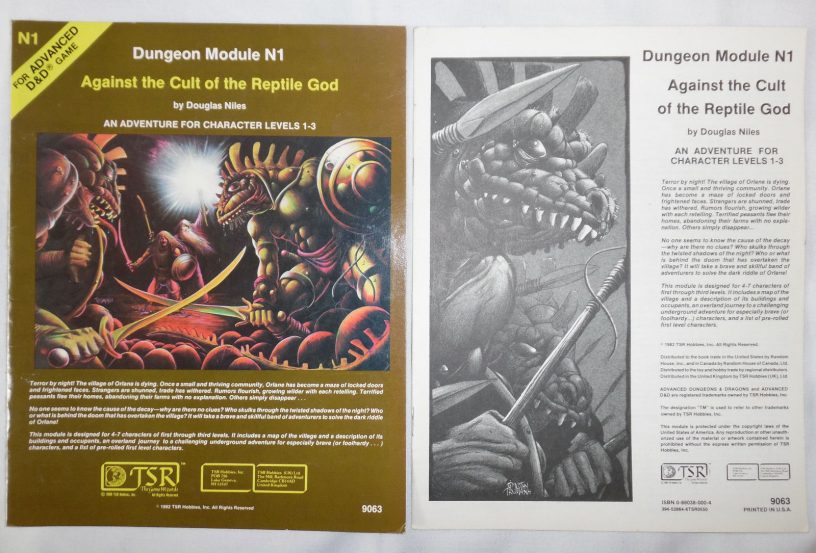

 Gygax is seeking to harness the Tolkienesque ambiance of the Lord of the Rings with the help of a die. I actually didn’t even notice the die in the picture until my third or fourth time looking at it. And really, the game should function the same way. The fantasy is primary–the dice, secondary. Whether or not that is how it turns out still waits to be shown (to me).
Gygax is seeking to harness the Tolkienesque ambiance of the Lord of the Rings with the help of a die. I actually didn’t even notice the die in the picture until my third or fourth time looking at it. And really, the game should function the same way. The fantasy is primary–the dice, secondary. Whether or not that is how it turns out still waits to be shown (to me).